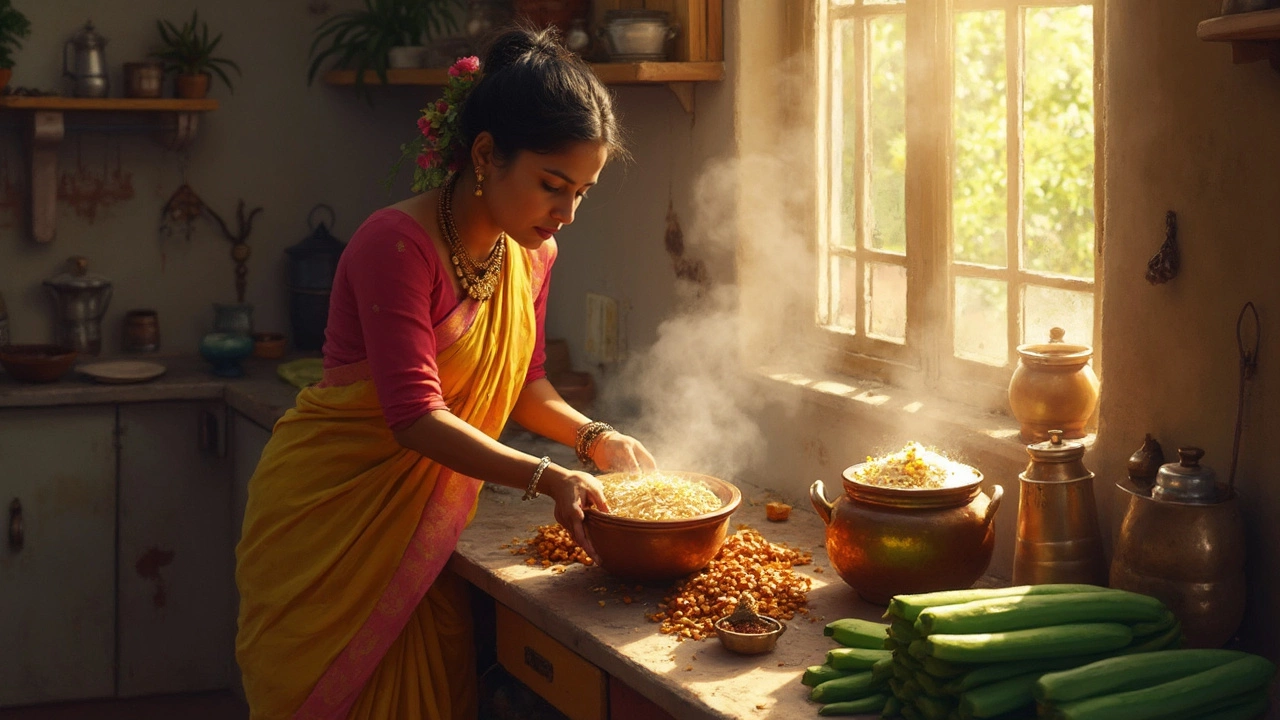How to Properly Soak Urad Dal for Perfect Dosa and Idli Batter
When working with Soak Urad Dal, the process of immersing split black gram in water before grinding. Also known as Urad Dal Soaking, it sets the stage for a smooth batter, reliable fermentation, and fluffy texture. The same practice applies to Urad Dal, a staple legume used in South Indian cooking, which needs enough moisture to soften its tough outer layer. Without proper soaking, the grain stays hard, the grind turns gritty, and the fermentation process stalls. That’s why soak urad dal is the first step you can’t skip if you want a dosa that lifts off the pan or an idli that rises like a cloud.
Once the dal has soaked, the next player is Fermentation, the natural conversion of carbohydrates into acids and gases by wild yeast and bacteria. Soaking creates the ideal environment for those microbes to thrive; the grains swell, release sugars, and become a food source for the culture. This chemical dance directly influences Dosa Batter, a fermented mixture of soaked urad dal and rice flour that cooks into thin, crispy crepes. A well‑fermented batter is airy, slightly tangy, and easy to spread. Skipping the soak or cutting the soak time short often leads to dense, sour batter that sticks to the pan. The same logic holds for idli batter, where the gas produced during fermentation lifts the steamed cakes. In practice, you’ll notice that a 6‑ to 8‑hour soak at room temperature yields a batter that doubles in volume after an overnight rest.
Here’s a quick, no‑nonsense routine that works for most kitchens: rinse the urad dal under running water, then place it in a bowl with enough water to cover it by at least 2 inches. Let it sit for 6‑8 hours; if your kitchen is warm, 5 hours may suffice, while a cooler environment might need 9 hours. After soaking, discard the water, add fresh water (about 1‑cup per cup of dal), and blend until you get a thick, glossy paste. Add your rice, salt, and a pinch of fenugreek if you like, then let the mixture rest in a covered container for 8‑12 hours. The batter should show visible bubbles and a mild sour smell—signs that fermentation has done its job. Common mistakes to avoid are using hard water (it hampers micro‑be growth), over‑grinding (which can make the batter too thin), and rushing the resting time (the batter won’t develop the right flavor profile). By mastering the soak, you’ll unlock a world of crisp dosas, fluffy idlis, and even healthy lentil‑based snacks without ever needing a commercial starter.
Below you’ll find a curated set of articles that dive deeper into each step—substitutes for baking soda in batter, tricks to instant‑ferment, oil choices for crispiness, and more. Browse the list to fine‑tune your technique and keep your kitchen experiments on point.
How Many Hours to Soak Rice and Urad Dal for Idli Batter
Getting the soaking time right for rice and urad dal is the secret to fluffy idlis. This guide breaks down exactly how long to soak each ingredient and why it matters. You'll learn some smart tricks for fermenting your batter and how temperature can mess with the process. I've included tips for tweaking the soaking time if you're short on time or dealing with chilly weather. Your idlis are about to get a makeover—soft, spongy, and full of character.
Read more